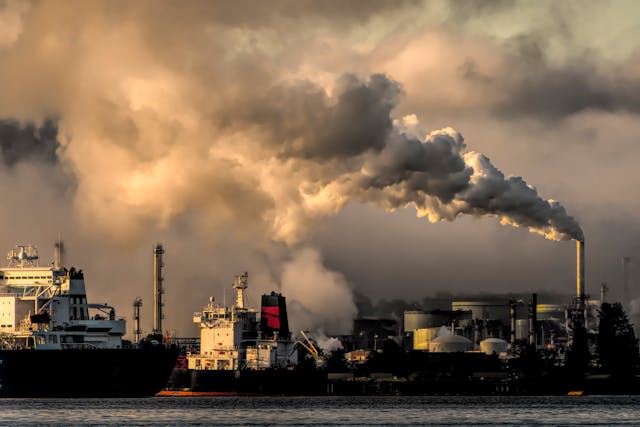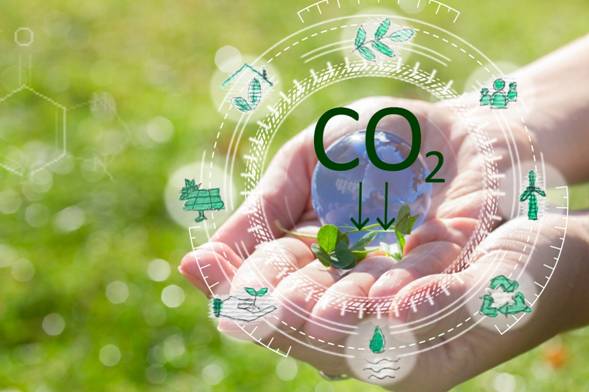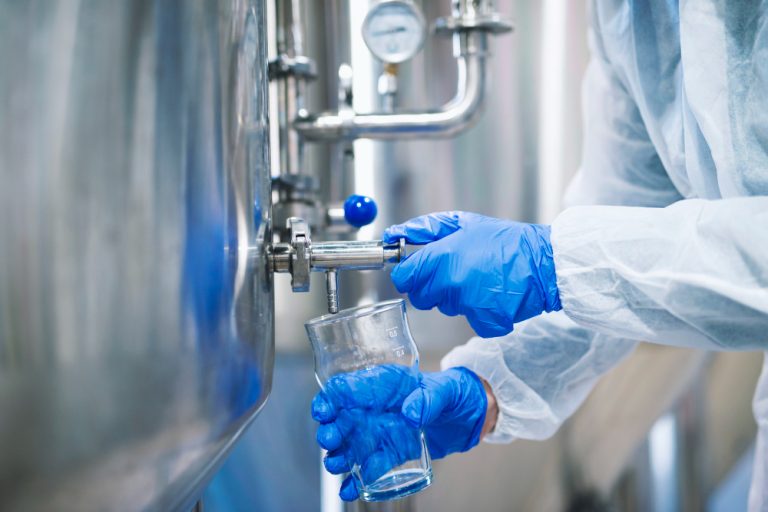Carbon emissions pose a huge challenge in an era that has seen the world tackle the numerous challenges posed by climate change. Experts estimate that the global volume of carbon emissions has risen by more than 1.1 percent as of 2022, which translates to over 37.55 billion metric tons. China and the United States are the biggest contributors to this percentage of greenhouse emissions in 2023.
How can this problem be tackled to ensure a greener future? This is where CCS (carbon capture and storage) comes in. This technology offers a sustainable way to rid the world of excessive waste from fossil fuels. We will explain some techniques that can help capture and preserve carbon emissions alongside the advantages of each option.

Top Capturing and Storage Techniques for Carbon Emissions Explained
Here is a list of the different processes to collect and store CO2 emissions:
Post-combustion CO2 collection and storage system
Post-combustion technology is a cost-effective carbon capture procedure that separates CO2 emissions from flue gas. This extracted gas is derived from the combustion of industrial procedures and power plants. This technique absorbs the carbon dioxide with chemical solvents before separation and storage.
Note that this approach is broadly practical in older power plants. Moreover, it can conveniently capture a large percentage of CO2 gas emissions. Post-combustion technology is a necessary solution for tackling climate change.
Pre-combustion CO2 collection and storage system
Pre-combustion capture technology is a capture system that absorbs CO2 from industrial procedures and scope 3 power generation processes. Unlike the post-combustion technology, this technique separates carbon dioxide from traditional fuel gas via IGCC (integrated gasification combined cycle) facilities that process natural gas and traditional power plants.
After separation, the carbon dioxide can either be stored or used which, in turn, reduces greenhouse emissions. This model reportedly results in higher carbon capture rates and saves costs. Pre-combustion storage systems can be assimilated with eco-friendly energy solutions which establishes it as a viable carbon storage option.
Oxy-fuel combustion technology for Carbon Emissions
Oxy-fuel combustion technology burns fuel in unadulterated oxygen from the air, which results in the production of flue gas. Flue gas is rich in carbon dioxide and stored after capturing the atmosphere of CO2. Oxy-fuel combustion technique is highly efficient which makes it a viable option for numerous industrial processes and recently installed power plants.
Additionally, the oxy-fuel combustion model reportedly reduces greenhouse emissions by a large percentage due to its high capture rates. This technique will continue to be a useful way to manage the global efforts to tackle climate change because it is a cost saving option.
Direct air carbon collection and storage technology
The direct air collection and storage of carbon dioxide is a revolutionary technique that collects CO2 from the environment before storing or using it. This technique handles the actual reason behind climate change because it cuts down the amount of carbon emissions in the atmosphere.
This technology uses chemical procedures to extract carbon dioxide from the air. The extracted carbon is then preserved in geological form or used to formulate fuel, building materials, and chemicals. DACCS is an innovative process that could capture carbon from the air in billions of tons.
Carbon mineralization capture and storage technology
Another way to capture and store carbon in the fight against climate change is carbon mineralization technology. This type of carbon capture and storage technique changes carbon dioxide to carbonate minerals. These minerals are derived from chemical reactions with olivine or basalt during carbon mineralization.
This approach is similar to natural weathering although it’s much faster than natural weathering. Carbon mineralization technology offers a safer and more permanent use and storage of CO2 leading the way in the war against climate change. The minerals derived from this process can be used in the fabrication of building materials like cement.
Reforestation for carbon collecting and storage
Reforestation is one of the natural ways to capture and store carbon emissions. It involves planting more trees in deserted areas and other locations to help fight climate change. Trees absorb the CO2 in the atmosphere through a process called photosynthesis and store the CO2 in the soil thus reducing the emission of CO2.
This approach is also called carbon sequestration and can potentially continue for many years, making it a more sustainable way to cut down carbon emissions. Reforestation enhances biodiversity and offers an easy way to sequester large amounts of carbon dioxide. Note that sustainable forest management techniques must be in place to ensure the continued success of this effort.
Conclusion
The above carbon capture and storage techniques offer sustainable processes for reducing greenhouse effects. It also promotes climate restoration efforts. This technology will keep evolving and new carbon capturing techniques will be discovered. The goal is to pursue a greener and more sustainable future. Governments have a role to play but industrial companies must also take responsibility for our planet.




